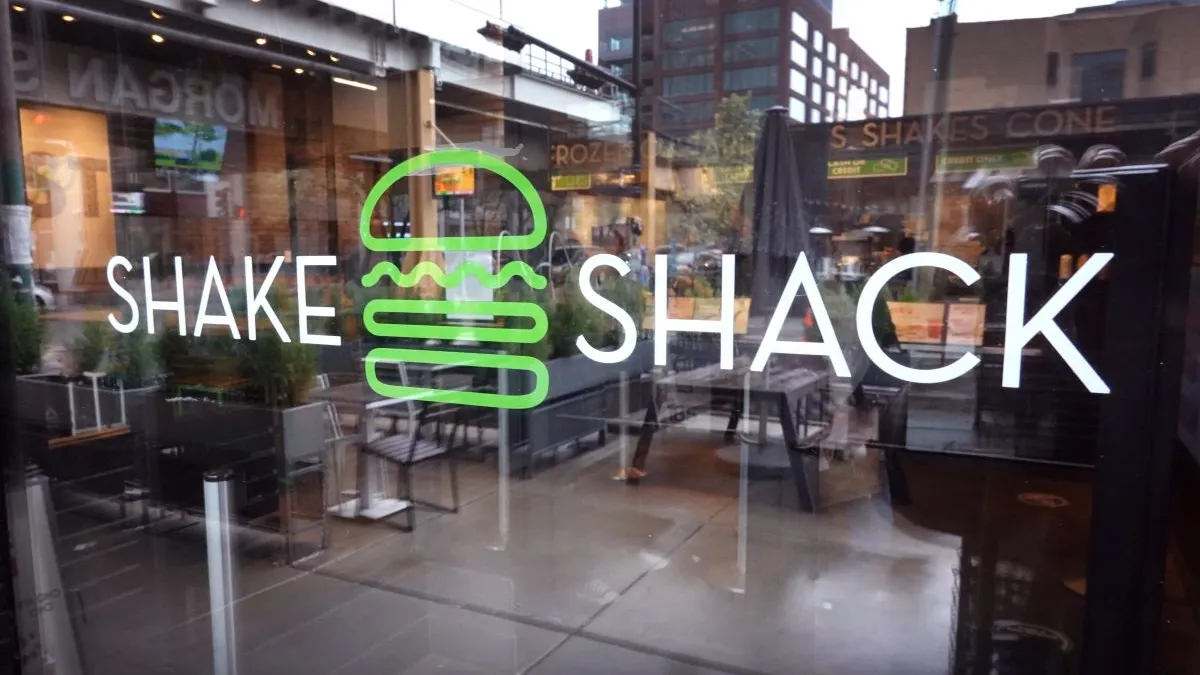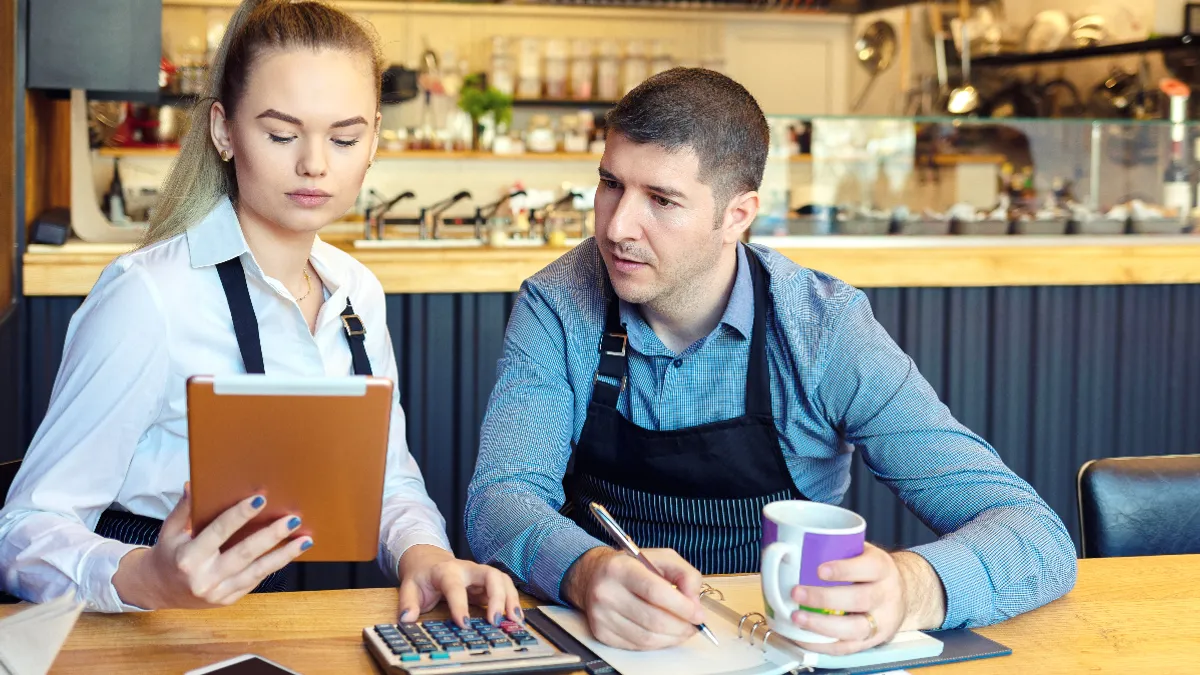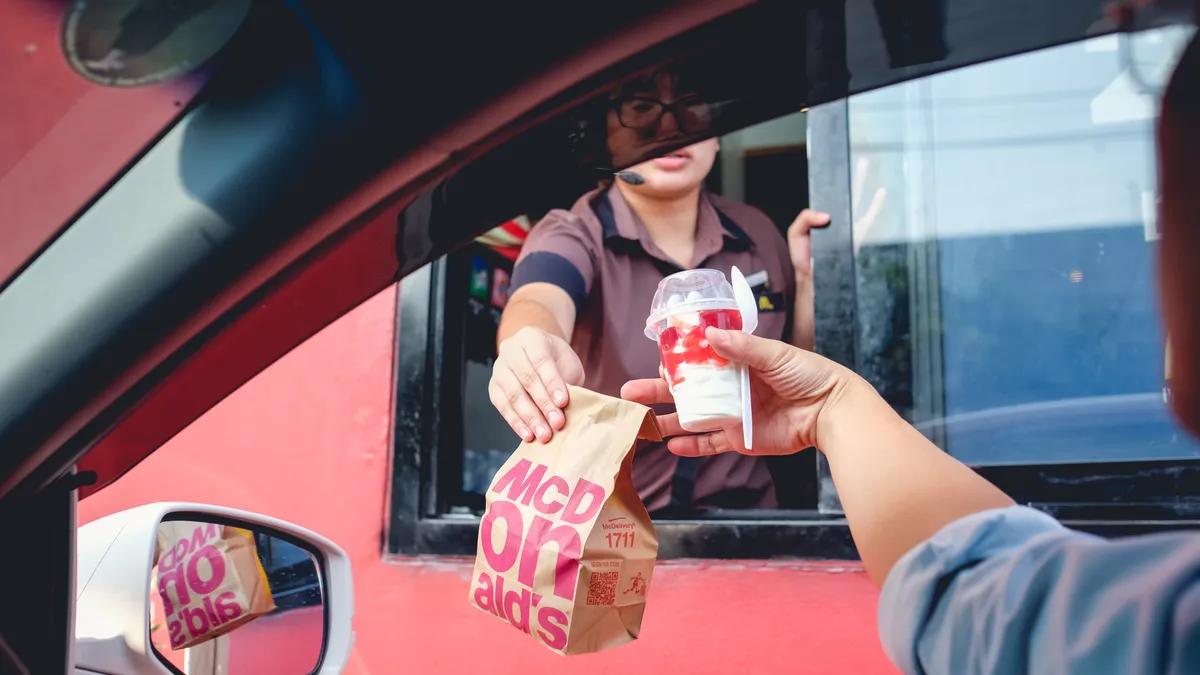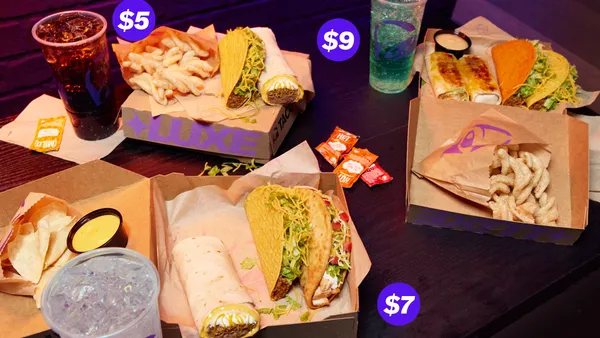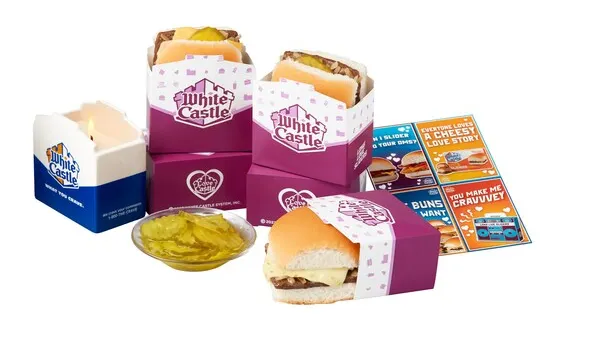Dive Brief:
- Shake Shack posted 4.9% same-store sales growth in Q3 2025, according to its earnings release, driven in-part by a 1.3% increase in traffic.
- CFO Katie Fogertey said in an interview that the traffic increase was a result of the brand’s ad spending, operational improvements and holistic value proposition.
- In particular, Fogertey highlighted the role of digital promotions in driving consumers to its app and conveying value. For example, the chain launched a $1 digital-only drinks promotion earlier this year.
Dive Insight:
The brand began allocating a portion of its general and administrative budget toward marketing support for the $1 drinks and Dubai Chocolate Shake promotions, Fogertey said. Shake Shack doesn’t break out marketing expenses as a distinct category from its G&A in public figures, but Fogertey said that the bulk of the increase in expenses in that category from the year-ago quarter was for marketing.
According to its earnings release, in Q3 2024, Shake Shack spent $35.7 million in G&A, and in Q3 this year they spent $44.4 million — a roughly $8.7 million increase driven largely by ad spending.
In addition to directly bringing consumers into stores, that marketing spend drove them into the brand's app, Fogertey said. The $1 drinks promotion helped increase app downloads by 50%, Fogertey said, and the recently launched a $1 drinks, $3 fries, $5 shake promotion could help increase membership even more.
This is a positive long-term sign for Shake Shack, which intends to launch a new loyalty program next year, Fogertey said. The company tends to see an increase in spend and frequency from consumers who join its app. When controlling for geographical distribution, “when we move them to the app, we see a material jump in the frequency of almost 4x a year,” Fogertey said.
Shake Shack’s traffic growth was unevenly distributed geographically in the quarter, with Southern, Midwestern, Western and Southern regional same-store sales all growing by 7% or more. Northeastern sales were up 1%, but New York City-area sales dropped 1% year over year.
Fogertey highlighted Florida, Denver, Houston and San Francisco as markets where the brand has performed particularly well. Fogertey said the chain is looking to grow its footprint in those regions, and the recent traffic increases in those markets position Shake Shack for significant AUV expansion.
Store-level changes have also played a role in boosting sales. Historically, Fogertey said, uncertainty over speed of service deterred some customers from visiting Shake Shack, but the chain is trying to improve its speed.
“We've been working really hard to get consistent on procedures and expectations and deployment within our Shacks so that we can meet that guest expectation,” Fogertey said. “Our speed of service is over a minute faster this year than two years ago.”
In addition to labor allocation, Shake Shack is making hardware updates in hopes of improving speed of service and food quality.
“We're rolling out new equipment later this year and into next year that will allow us to hold our fries in a specific type of hot holding equipment so that they are hotter and crispier for longer,” Fogertey said.
Speed, food quality and premium LTOs all play into Shake Shack’s conception of value. The brand has stayed away from marketing related to particular prices — a strategy similar to Chipotle’s — and prioritized a wider view of value.
“The value space is so crowded these days that if we were to not improve our operations, not improve our product, and just put a price point on the menu, it probably wouldn't move the needle,” Fogertey said.



